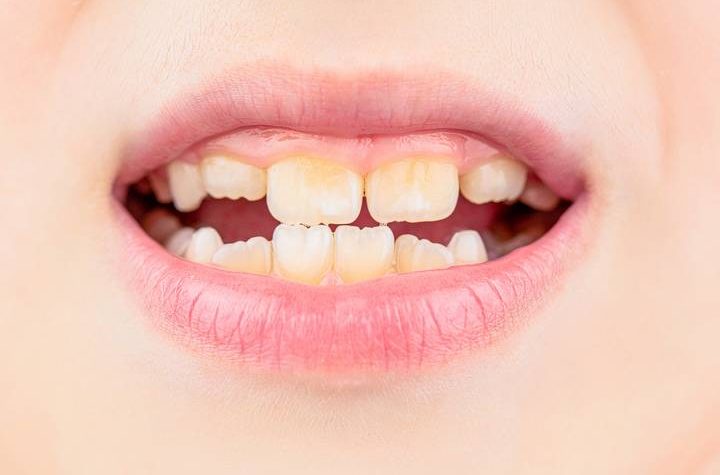One of the most common dental issues children encounter as they grow up is tooth decay. Cavities, dental pain, and even worse issues later in life may result from tooth decay. You can take care of your child’s teeth by learning what tooth decay is, understanding the causes, and trying to avoid dental decay for your children. You can help your children prevent tooth decay by providing them with the proper care and adopting preventative measures early on.
When germs eat away at the hard outer coating of the teeth, tooth decay results, this decay will chew a hole through the tooth without treatment. The most common sign of dental decay is a darkened area on the tooth. This blemish can be either chalky white, brown, or black.
Signs of Child Tooth Decay

Because everyone has oral bacteria, all children risk tooth decay. However, some kids are more at risk than others. Children who consume a lot of sugar, practice poor dental hygiene, have a lot of bacteria that cause plaque in their mouths, and do not have access to fluoride in their water supply, are all at higher risk. Through preventative dentistry, children can avoid plaque and tooth decay.
The signs of tooth decay may be mild or nonexistent before a cavity develops. Watch out for these signs:
- Sensitivity to foods that are hot or cold.
- Obvious gaps in the teeth.
- Discomfort when eating hot or cold foods.
- Toothache that is persistent or recurrent.
Taking your child to the family dentistry is crucial since young children might not know how to express their opinions or discontent when symptoms arise.
If your child is experiencing tooth decay, there are many treatment options to choose from, including:
Treatment Option #1: Fillings
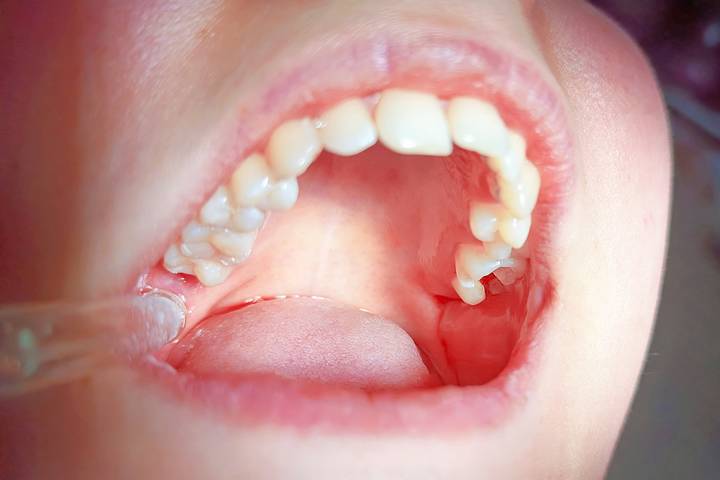
A filler is a synthetic material that is applied to a cavity. The hole is filled with a filling, which then hardens to become part of the tooth. Modern fillings blend in with tooth enamel, leaving no trace of a cavity on the tooth. The child cannot tell the difference in their mouth since fillings are shaped to the form of the tooth.
Treatment Option #2: Crowns
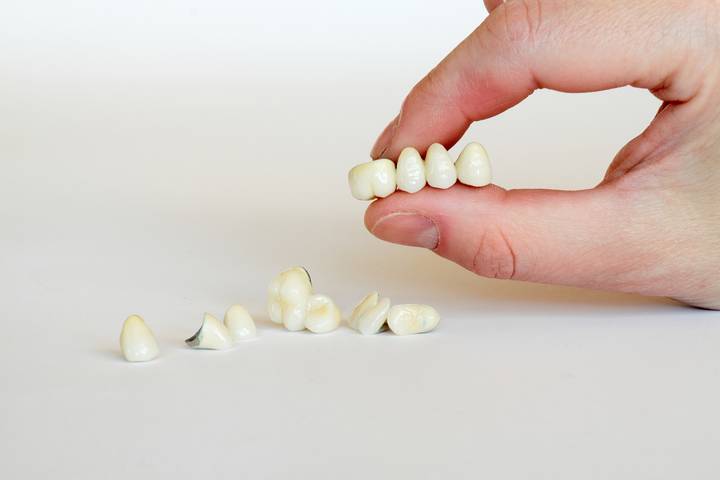
A dental crown is a cap that covers the natural tooth and is shaped like a tooth. To protect decaying teeth and stop the tooth from further deteriorating, crowns are used. Crowns are often indistinguishable from natural, healthy teeth since they look real.
Treatment Option #3: Veneers
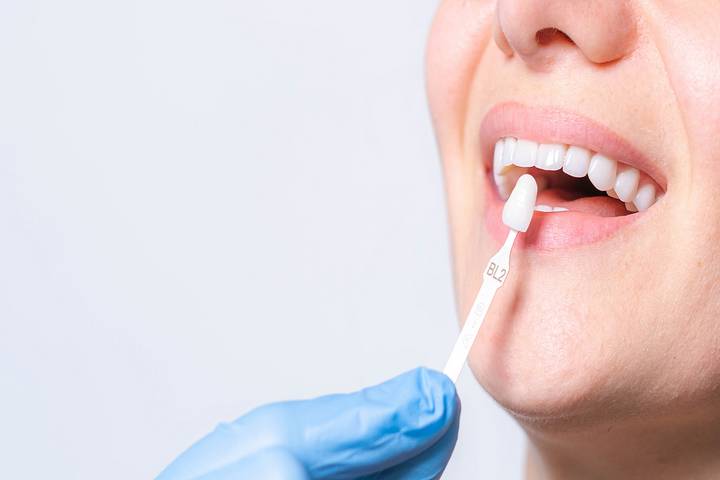
A veneer is a thin covering placed on the outside of a tooth. Porcelain veneers are not primarily used to cure dental decay, but they can cover the tooth’s outer layer to improve aesthetics if a child’s tooth is stained, discoloured, or has a gap.
A tooth that has been affected by tooth decay may develop cracks and chips that can be repaired with veneers. Only after the tooth decay itself has been treated are veneers an option.
Treatment Option #4: Extraction
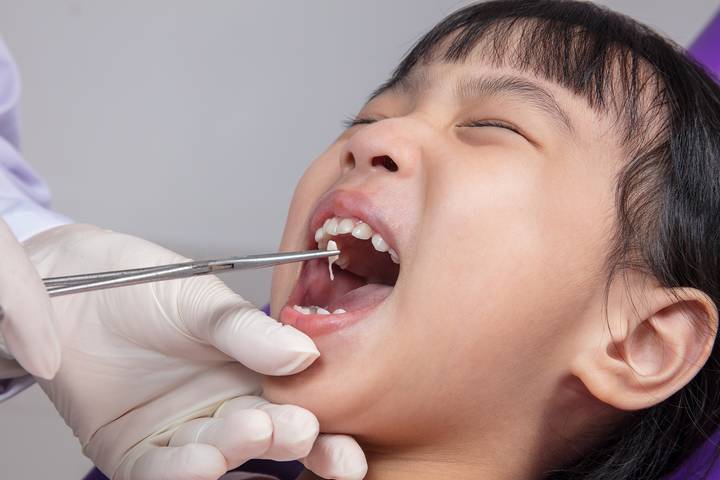
In cases where a tooth is severely decayed, it may need to be extracted entirely. This final report should only be used when all other options have failed. Many dentists feel those baby teeth should not be removed prematurely as it could result in future orthodontic problems.
Treatment Option #5: Pulpotomy
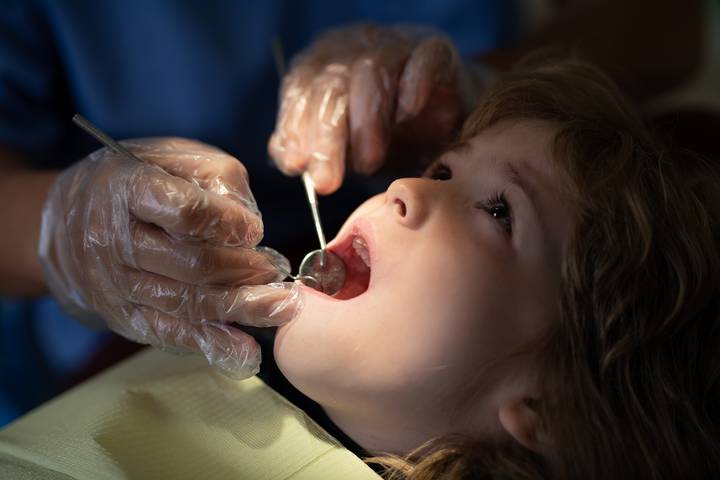
If the tooth decay has progressed to the point that it has reached the inner pulp of the tooth, a pulpotomy will be required. This technique is similar to getting a root canal. However, the dentist will only remove a small portion of the inner pulp.
It will then be packed with medical material before filling the space left behind. Pulpotomies are procedures that are typically only performed on juveniles.
Treatment Option #6: Prevention

One of the best ways to deal with tooth decay in children is to prevent it from happening in the first place. Various treatments are available to halt the progression of tooth decay, such as fluoride varnishes and dental sealants. Varnishes protect and strengthen the teeth, while sealants protect the chewing surfaces of the rear teeth. Naturally, teaching children proper dental hygiene and encouraging them to maintain regular dental checkups is the most effective method of disease prevention.
Plaque and cavities can form on teeth at any age, even in young children. Parents need to maintain a heightened state of vigilance to shield their children from the potentially devastating effects of dental decay. It may be helpful to take your child to a dentist with experience treating them.
A qualified dentist will check your child’s teeth, diagnose the condition, and make treatment recommendations to help brighten your child’s smile now and into the future.

